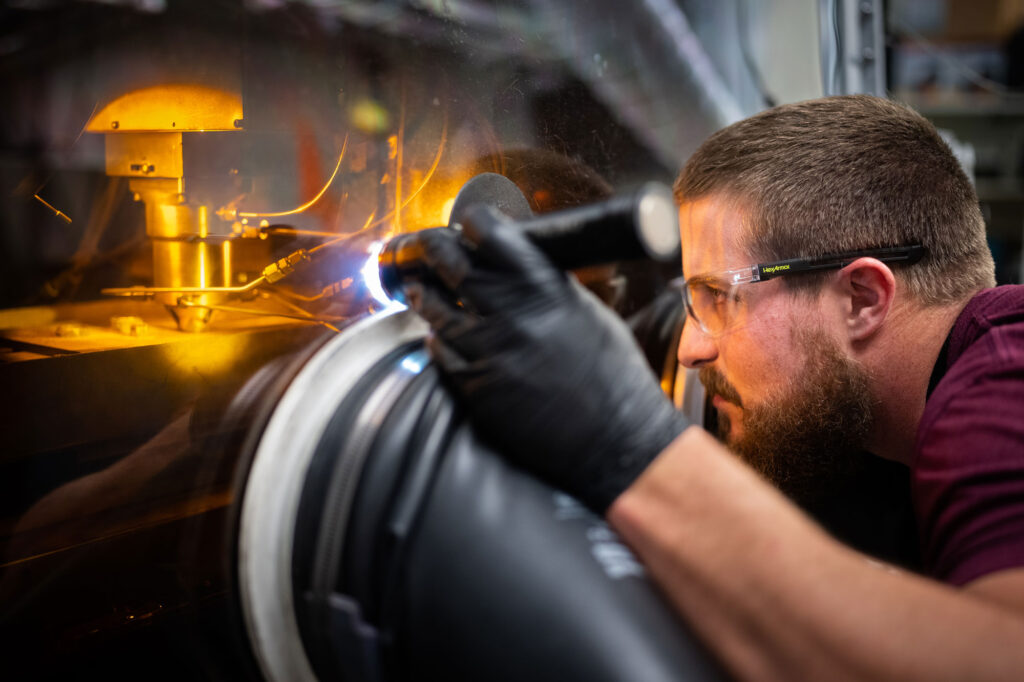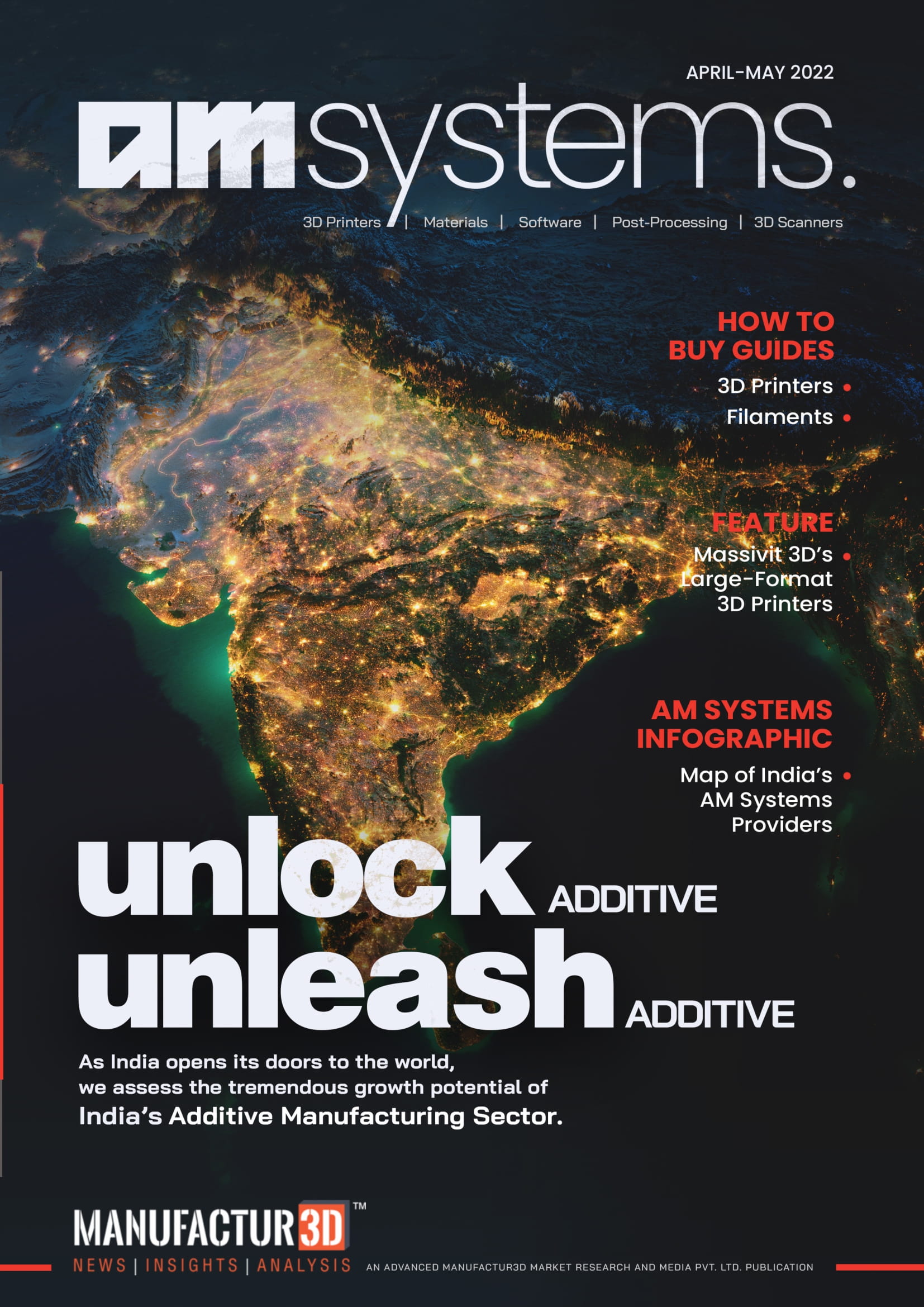
Sandia National Laboratories researchers collaborated with Ames National Laboratory, a United States Department of Energy national laboratory, and Bruker Corp., an American manufacturer of scientific instruments for molecular and materials research, to develop a 3D printed superalloy using Laser Engineered Net Shaping (LENS) machines. This new 3D printed superalloy can generate more electricity while emitting less carbon.
The alloy had a complex structure that allowed for temperature-insensitive high hardness up to 800 °C.
“We’re showing that this material can access previously unobtainable combinations of high strength, low weight and high-temperature resiliency. We think part of the reason we achieved this is because of the additive manufacturing approach.”
– Andrew Kustas, Scientist, Sandia National Laboratories
High-performance 3D Printed Superalloy
The 3D printed superalloy was created by the researchers with an unusual composition that makes it stronger and lighter than current state-of-the-art materials used in gas turbine machinery. The findings could have far-reaching implications in the energy, aerospace, and automotive industries, and they hint at a new class of similar alloys yet to be discovered.
The findings point to a previously unknown class of alloys with broad applications in the energy, aerospace, and automobile industries.
The composition of the new superalloy is 42% aluminium, 25% titanium, 13% niobium, 8% zirconium, 8% molybdenum, and 4% tantalum. Experiments by the team showed that it was stronger at 800 degrees Celsius (1,472 degrees Fahrenheit) than other superalloys, and that it remained stronger even after being cooled to room temperature.
The findings could benefit industries other than energy. Aerospace researchers are looking for lightweight materials that can withstand high temperatures. Furthermore, Ames Lab scientist Nic Argibay stated that Ames and Sandia are collaborating with industry to investigate how alloys like this could be used in the automotive industry.
“Electronic structure theory led by Ames Lab was able to provide an understanding of the atomic origins of these useful properties, and we are now in the process of optimizing this new class of alloys to address manufacturing and scalability challenges.”
– Nic Argibay, Scientist, Ames National Laboratory
Discovery highlights changes in materials science
The discoveries may be useful for more than just the energy sector, as lightweight materials that retain strength in extreme heat are also desired by aerospace experts. Ames and Sandia are also working with businesses to investigate how these alloys could be used in the automotive industry.
This new study demonstrates how 3D printing can be used to quickly and effectively create new materials. Sandia team members used a 3D printer to quickly fuse metal powders and create a sample.
Because no single metal accounts for more than half of the material, Sandia’s invention represents a fundamental shift in the way alloys have been created. Steel, on the other hand, is primarily composed of iron—nearly 98% of which is iron—mixed with carbon and other materials.
The team is now looking into whether cutting-edge computer modelling approaches could aid in the discovery of more members of what could be a new class of superalloys suitable for additive manufacturing.
Challenges to the Development
Moving forward, the researchers want to see if advanced computer modelling techniques can help them find more members of what could be a new class of high-performance, additive manufacturing-forward superalloys.
Andrew Kustas emphasised that there will be challenges ahead. For one thing, it may be difficult to produce large quantities of the new 3D printed superalloy without microscopic cracks, which is a common challenge in additive manufacturing. He also stated that the materials used to make the alloy are costly. As a result, the alloy may not be appropriate in consumer goods where cost is a primary concern.
The Department of Energy and Sandia’s Laboratory Directed Research and Development programme provided funding for the study.
The findings of the research team were published in the journal Applied Materials Today.
About Manufactur3D Magazine: Manufactur3D is an online magazine on 3D Printing. Visit our Tech News page for more updates on Global 3D Printing News. To stay up-to-date about the latest happenings in the 3D printing world, like us on Facebook or follow us on LinkedIn and Twitter.



